Nothing tanks the joy of car ownership faster than transmission trouble. Engines get all the attention, but if the gearbox isn’t doing its job, all the horsepower in the world is meaningless. When a transmission fails, it’s not just inconvenient—it’s financially brutal, often costing thousands to repair or replace. Over the years, certain cars have built infamous reputations for weak, poorly engineered, or downright disastrous transmissions. If you’re considering one of these models on the used market, here’s what you need to know.
Ford Focus (2012–2016)
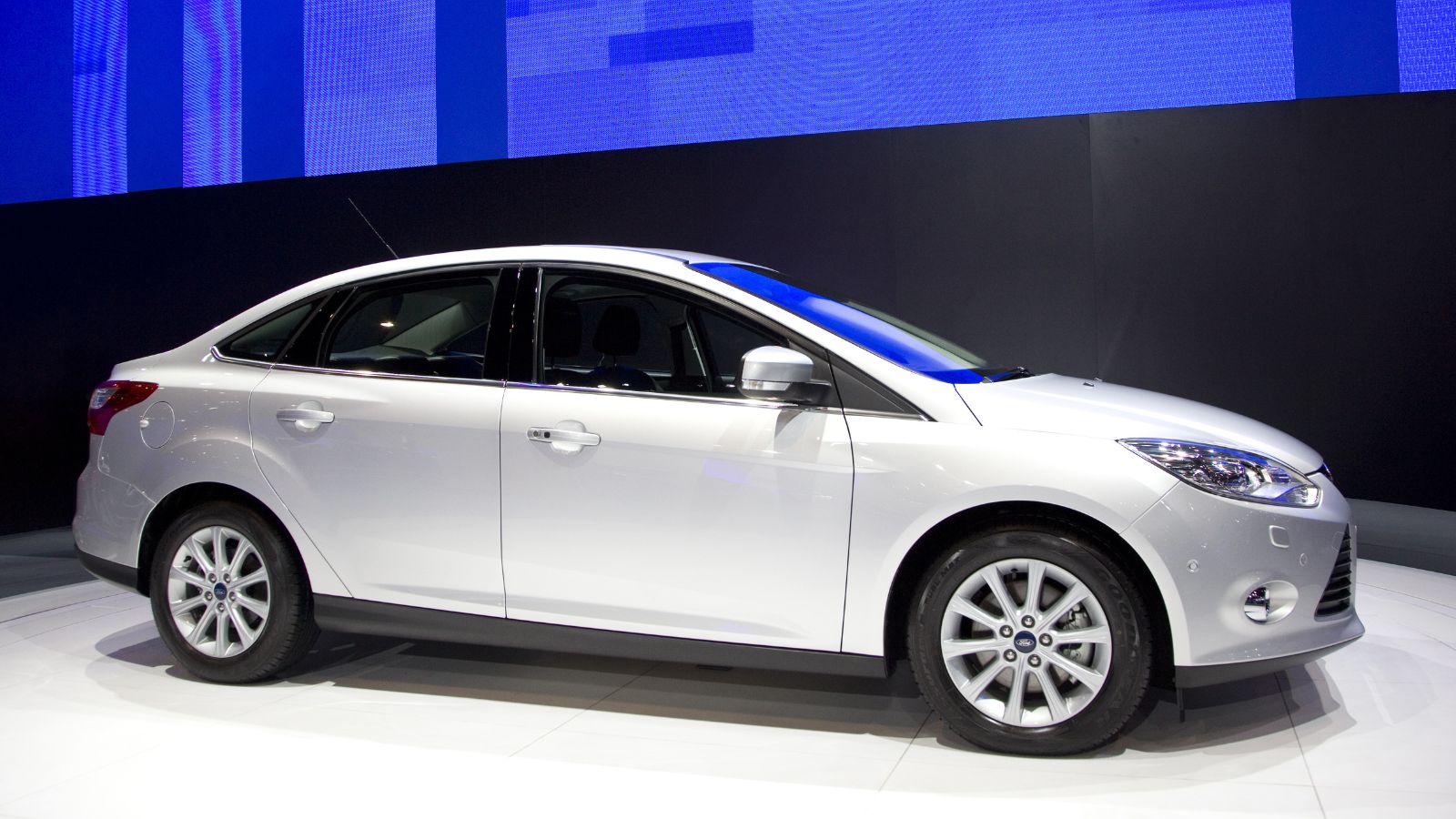
Ford’s “Powershift” dual-clutch automatic was marketed as the best of both worlds: the efficiency of a manual with the ease of an automatic. What buyers got instead was hesitation, shuddering, and grinding. Many Focus owners experienced the gearbox slipping out of gear mid-drive or failing entirely before hitting 60,000 miles. The problem was so widespread that it led to class-action lawsuits, warranty extensions, and thousands of frustrated owners. If you see a Focus of this era for cheap, remember—there’s a reason it’s cheap.
Jeep Cherokee (2014–2015)
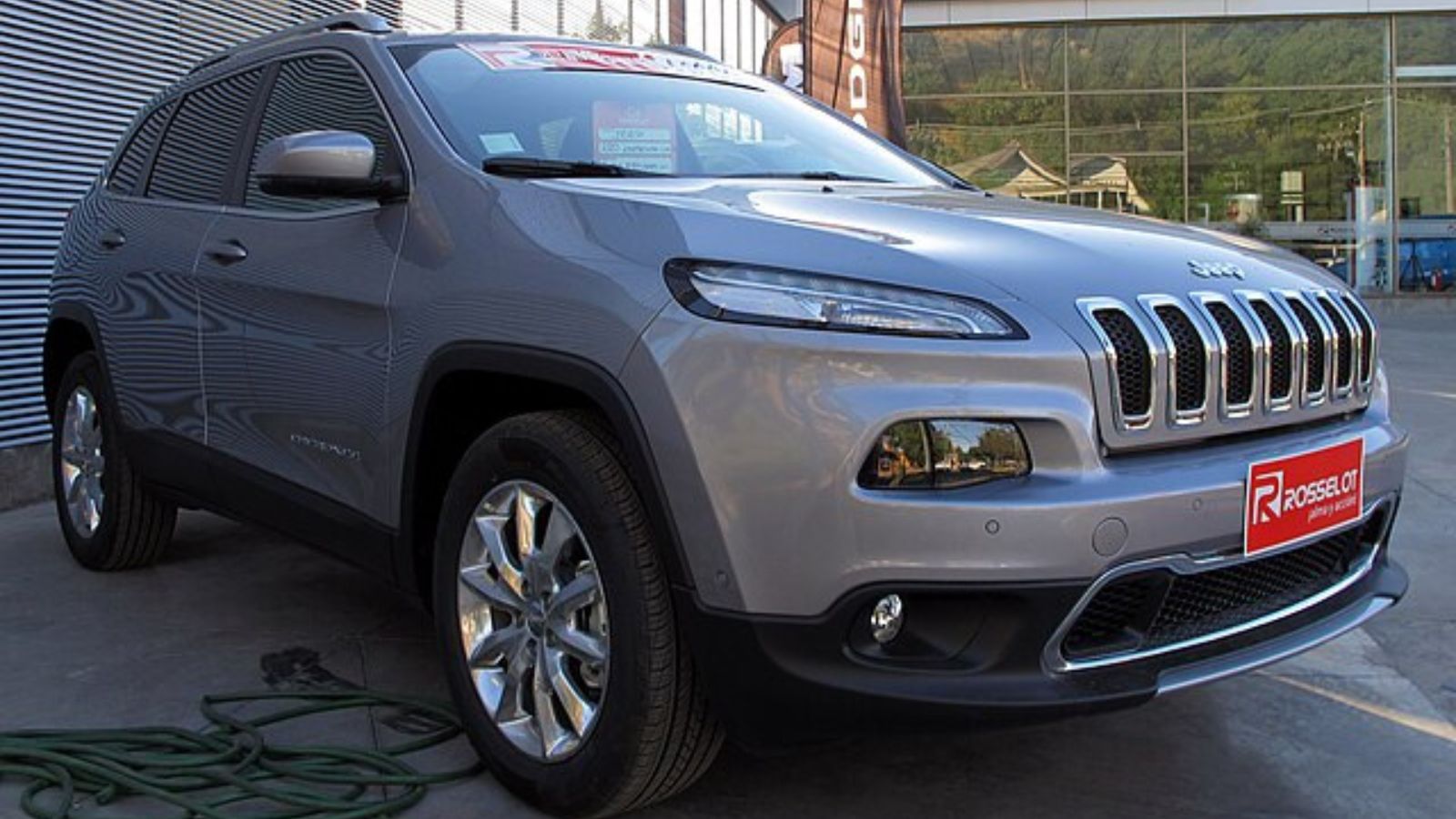
When Jeep relaunched the Cherokee, they introduced a nine-speed automatic from ZF. On paper, it sounded impressive: more gears meant smoother performance and better fuel economy. In reality, early models suffered from endless software glitches. Drivers complained of delayed acceleration, clunky shifts, and a constant “gear-hunting” sensation that made the car feel indecisive. Jeep issued multiple recalls and software updates, but the damage was done. The gearbox was advanced technology let down by poor execution.
Nissan Altima (2007–2016)
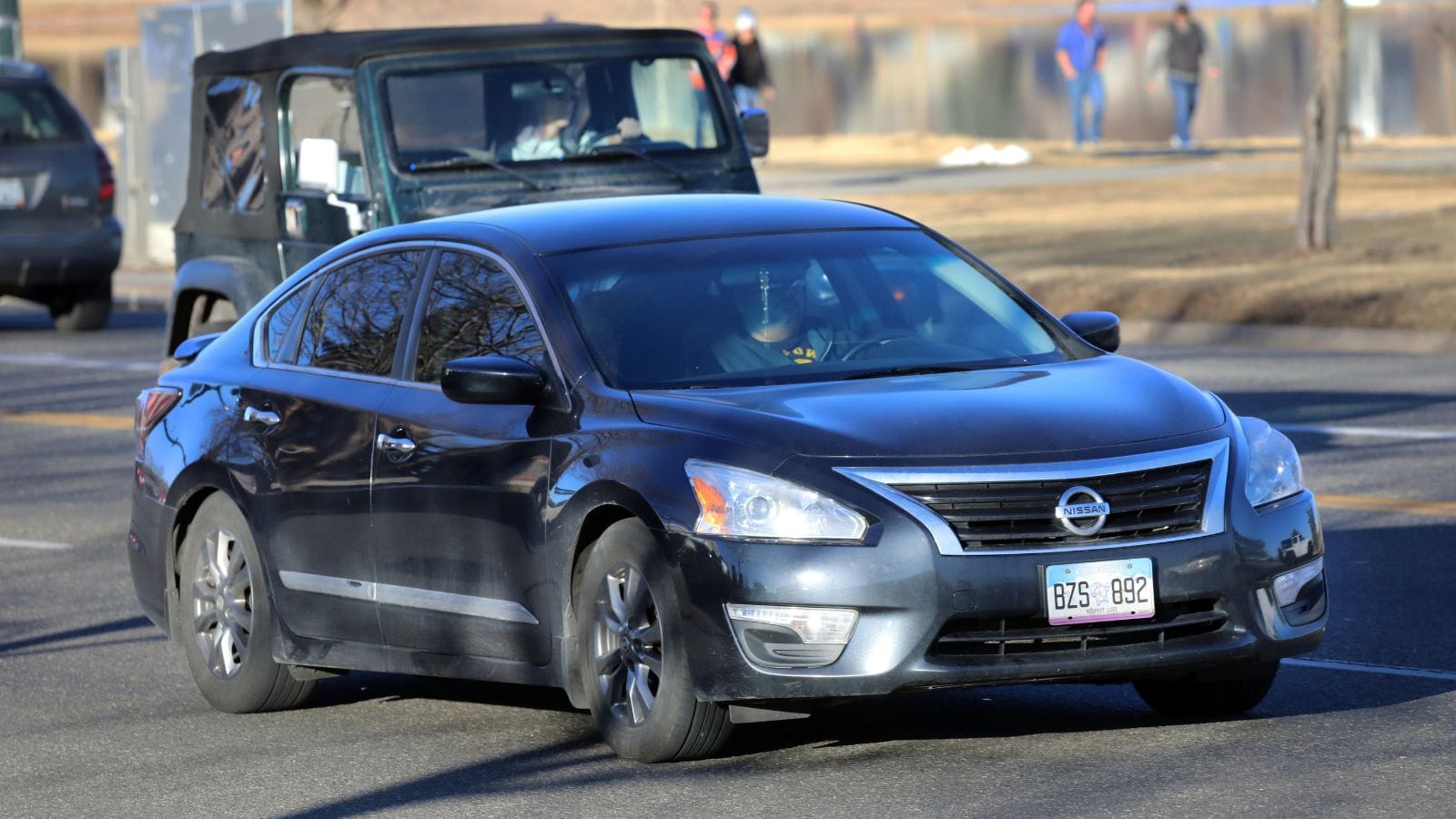
Nissan bet heavily on CVTs (Continuously Variable Transmissions), and the Altima became a case study in why that gamble backfired. The CVT in these cars often overheated, slipped under load, or failed completely, sometimes before the odometer rolled into six figures. Owners complained of whining noises, sluggish acceleration, and expensive repairs—often costing more than the car was worth. Nissan eventually extended warranties to cover CVT failures, but the Altima’s reputation as a transmission time bomb stuck.
Honda Odyssey (1999–2004)

Honda is usually synonymous with bulletproof reliability, but its late-90s and early-2000s Odyssey minivans were plagued by weak automatics. Many failed between 80,000 and 120,000 miles, often leaving family road trips stranded on the side of the highway. The issue stemmed from overheating and poor lubrication inside the gearbox. Honda issued recalls and extended warranties, but by then thousands of owners had already shelled out for expensive rebuilds. If you’re buying an older Odyssey, make sure the transmission has already been replaced or rebuilt.
Dodge Dart (2013–2016)

The Dodge Dart was Chrysler’s attempt to re-enter the compact car market, but its Fiat-sourced six-speed dual-clutch transmission made it an instant headache. Rough engagement, jerky shifts, and sudden failures were common complaints. Some owners reported the car refusing to move when shifting into gear—hardly ideal at a stoplight. The transmission issues, paired with other reliability concerns, doomed the Dart to an early grave in 2016. It’s now a cautionary tale about trying to blend European engineering with American mass production.
Mini Cooper (2002–2006, CVT Models)
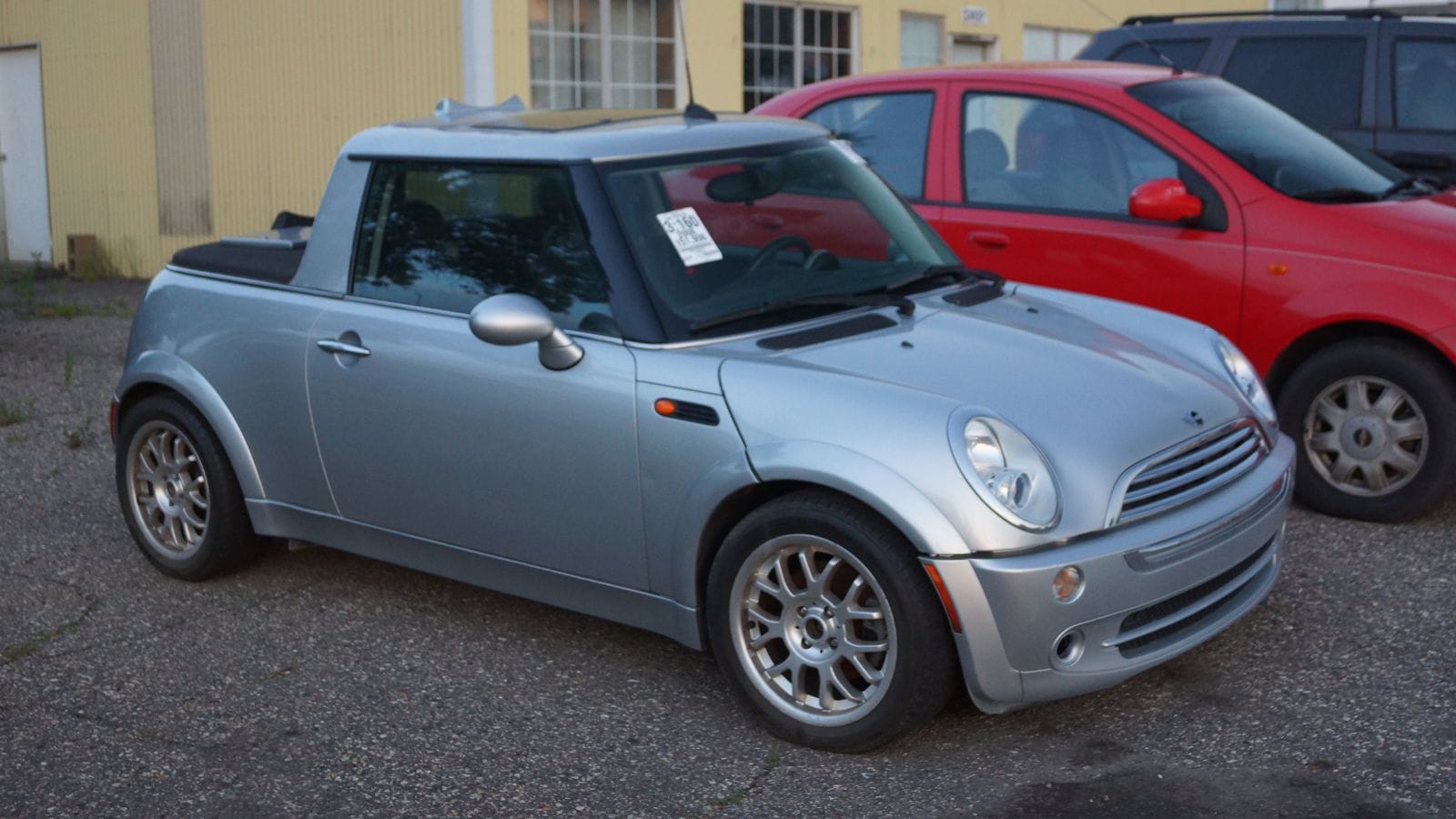
Early BMW-era Mini Coopers equipped with CVTs were quirky and fun—until the transmission gave up. The units were notoriously fragile, often failing before 100,000 miles. To make matters worse, replacement costs could exceed the value of the car itself, making them economically unfixable. Many Minis ended up scrapped simply because fixing them wasn’t worth it. Enthusiasts often recommend sticking to manual-transmission models from this era if you want the charm without the financial heartbreak.
Ford Explorer (2002–2006)

Early-2000s Explorers were popular family haulers, but their automatic transmissions were a weak point. Owners reported slipping, delayed engagement, and total failures—sometimes with fewer than 75,000 miles on the clock. The problem stemmed from weak components inside the 5R55 transmission, which simply couldn’t handle the SUV’s weight over time. Transmission rebuilds were common, and repeat failures weren’t unusual. Despite strong sales, these Explorers are often avoided in the used market by buyers who know the reputation.
Nissan Pathfinder (2005–2010)
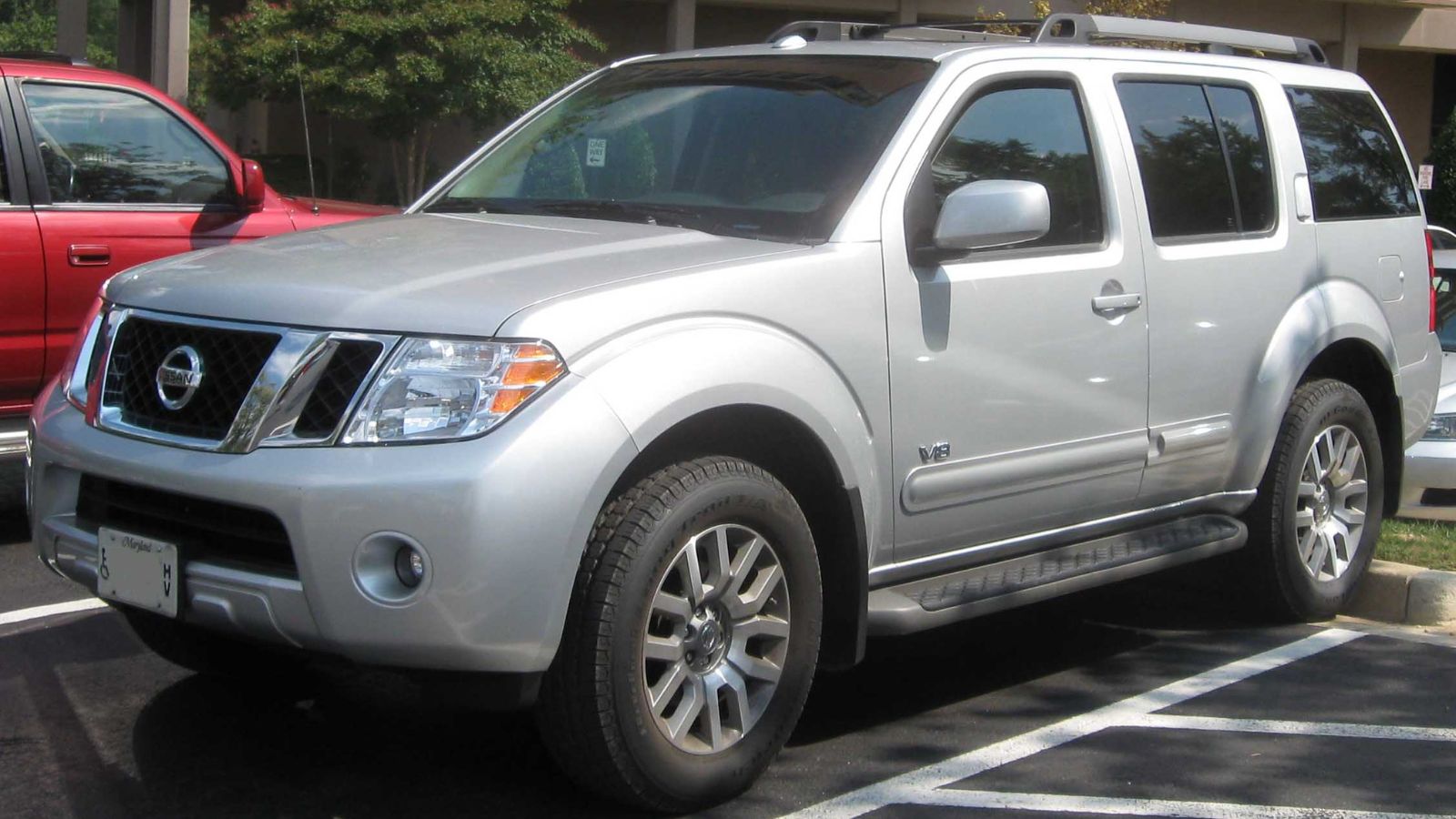
The Pathfinder’s transmission issues weren’t just about weak engineering—they were about poor design integration. A defect allowed coolant from the radiator to leak into the transmission cooler, mixing with the transmission fluid and creating a frothy pink sludge owners dubbed the “strawberry milkshake of death.” This contamination destroyed the gearbox, often without warning. Repairing the issue usually meant replacing both the radiator and the transmission, costing thousands. Aftermarket bypass kits helped, but many Pathfinders were lost to this notorious flaw.
Saturn Vue (2002–2005, CVT Models)
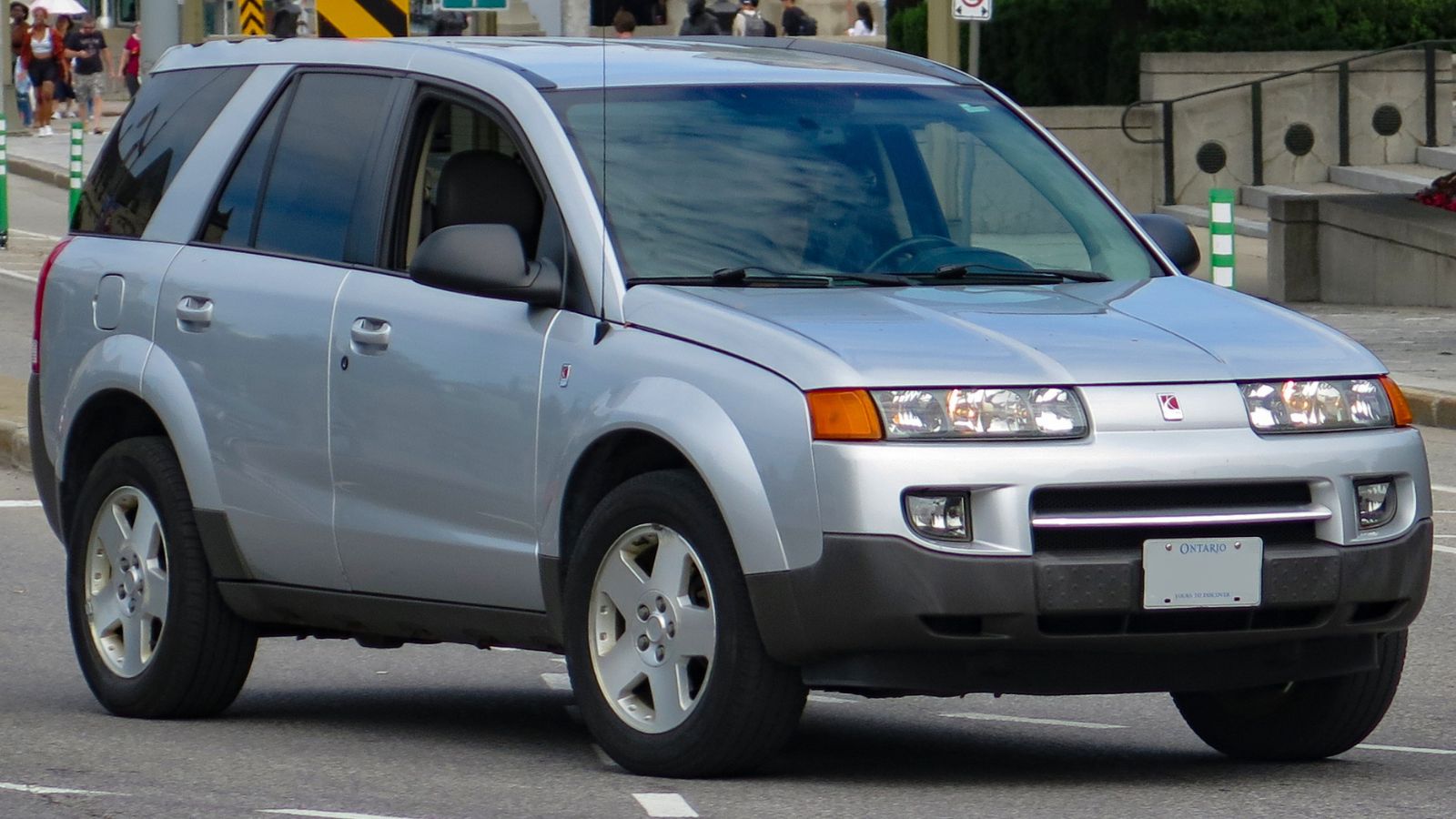
GM tried to experiment with CVTs in the early 2000s, and the Saturn Vue paid the price. Models equipped with CVTs experienced frequent failures, with transmissions often giving out before 80,000 miles. Replacements were so expensive that GM had to extend warranties and even buy back some vehicles. Unfortunately, the damage to the Vue’s reputation—and Saturn’s reputation as a whole—was irreversible. It became one more nail in the coffin of a brand that would disappear by 2010.
Chrysler Sebring (2001–2006)

The Chrysler Sebring is remembered for uninspired design, but its automatic transmissions were even worse. Owners complained of harsh shifting, slipping, and eventual transmission failure. The four-speed automatic used in many Sebrings was outdated even when new, and the lack of refinement made it miserable to drive. Combined with other quality issues, the Sebring solidified its place on “cars to avoid” lists. It’s a car that managed to disappoint both enthusiasts and casual drivers alike.
25 Facts About Car Loans That Most Drivers Don’t Realize

Car loans are one of the most common ways people fund car purchases. Like any other kind of loan, car loans can have certain features that can be regarded as an advantage or a disadvantage to the borrower. Understanding all essential facts about car loans and how they work to ensure that you get the best deal for your financial situation is essential. Here are 25 shocking facts about car loans that most drivers don’t realize:
25 Facts About Car Loans That Most Drivers Don’t Realize
